There’s nothing like a good fantasy series to provide a welcome relief from the realities of the real world. They rip us away from the humdrum and plunge us into exciting, enthralling, magical new worlds.
My father nourished in me a passion for fantasy when I was just a kid, starting me off easy with books like The Chronicles of Narnia before graduating to Lord of the Rings, The Dragonriders of Pern, and even Shōgun. These books, and a million more, are foundational parts of me. They helped shape me into the person I am today, and I love them with a secret, special piece of myself that is reserved exclusively for my favorite stories.
I love fantasy in all its forms, and I’m joined by a huge number of readers, viewers, gamers, and story lovers, who seize upon fantasy in all its mediums and immerse themselves in dazzling new worlds. I’m personally partial to high fantasy, with its rich political systems and deep lore, but the relatable, real-world ties of low fantasy are no less enticing.
What’s the difference between high fantasy and low fantasy?
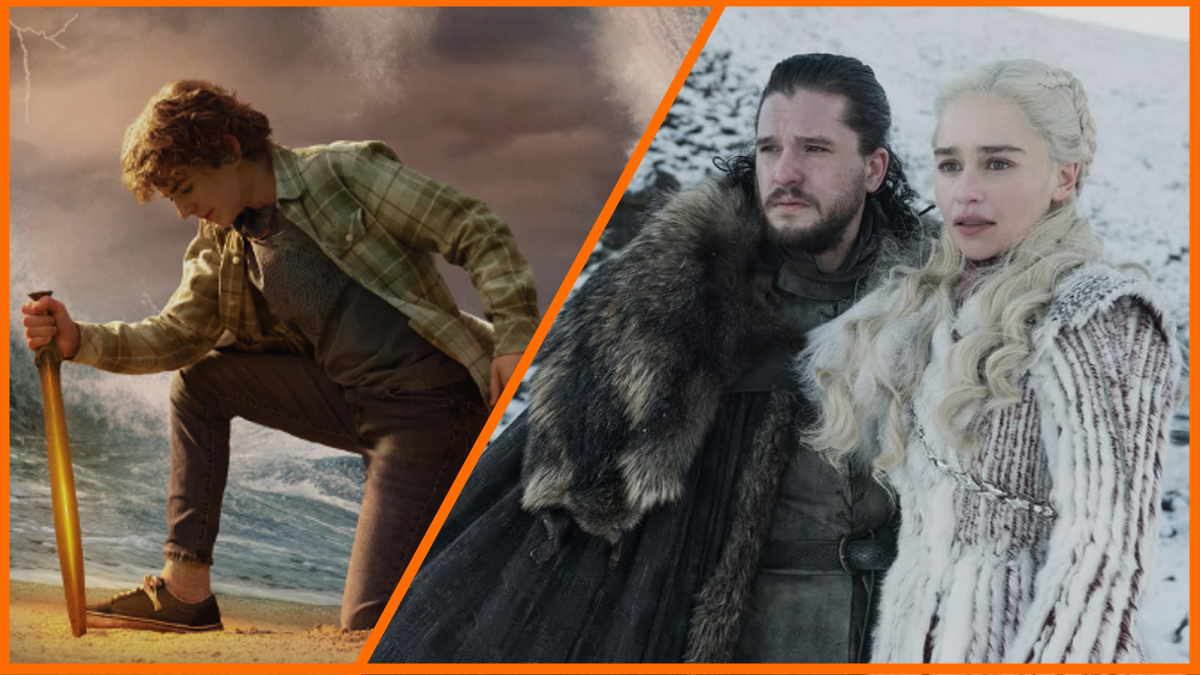
There are a million different types of fantasy out there for the avid reader to enjoy, but the genre is broadly split into two distinct sections: High fantasy and low fantasy. There are a few elements that classify a release as high vs low fantasy, but one is the most distinct: Where it takes place.
In basic terms, a high fantasy release takes place in a purely fictional world that doesn’t necessarily resemble our own, while a low fantasy release takes place in a world analogous to our own. To put it in terms of popular releases, Harry Potter, a series that has one foot in our world, is low fantasy. The Lord of the Rings, a series that takes place in a purely fictional world with little similarity to our own, is high fantasy.
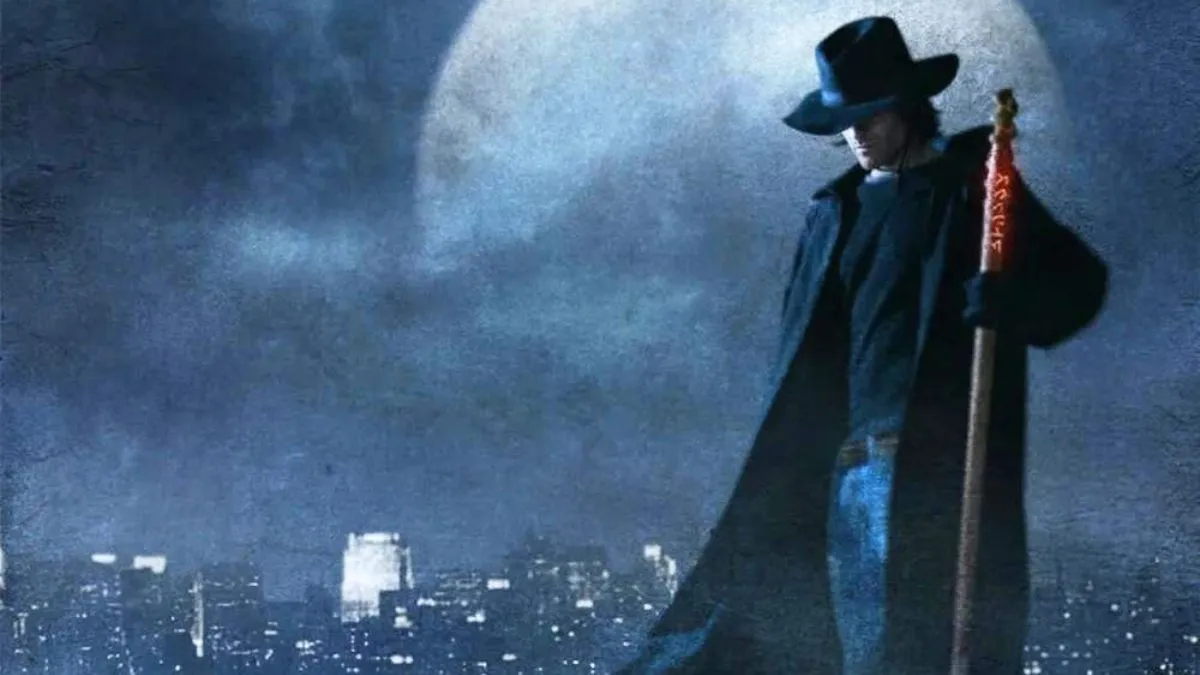
There are other elements that help differentiate between high and low fantasy, but this is the most vital distinction. Books that toss fantasy elements into a largely-relatable world — your Dresden Files, Anita Blake: Vampire Hunter’s, and the Iron Druid Chronicles — are considered low fantasy. Most fantasy readers also refer to this subgenre as “urban fantasy” — a less insulting and overall more accurate term — as it helps illustrate the setting in which these stories take place. They’re often rooted in real-world locations like Chicago, New York, or London, and include elements of modern life in their storytelling.
Then there’s high fantasy, which separates itself massively from the real world we live in. There’s rarely technology in these releases — and if there is, steps are taken to differentiate it from our own — no real-world locations crop up in their pages, and their magic systems, political structure, and the races that walk their fictional lands are typically much more expansive and complicated than their urban counterparts. Like low fantasy, high fantasy is also often referred to by another name, but “epic fantasy” indicates that urban fantasy can’t be epic. That’s just false.
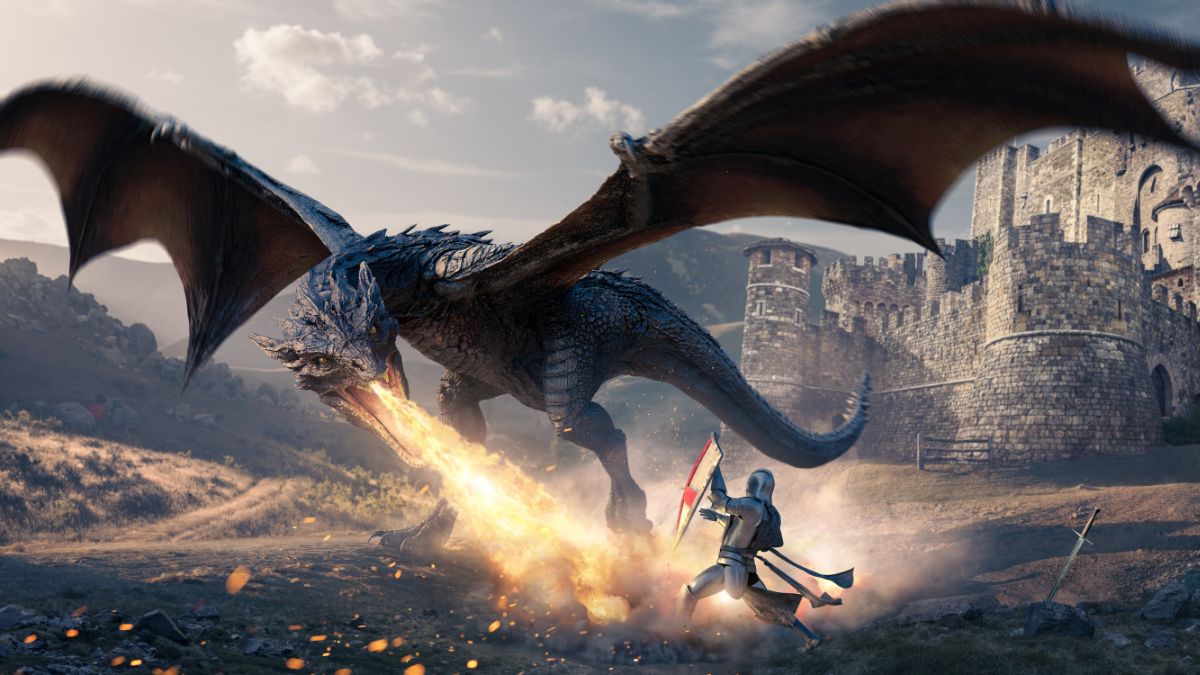
Still, there tends to be truth to the assertion that high fantasy typically takes on more epic proportions. Releases like A Song of Ice and Fire, The Kingkiller Chronicles, and Robin Hobb’s Farseer books all fall into this category, with their dragons, wild magics, and broad political implications.
Both sub-genres are overstuffed with truly incredible options, prepped and ready to transport readers, and perhaps viewers, far from the stresses of real life. Which one appeals to you the most is entirely subjective and hinges on what elements make your fantasy experience more enjoyable. Are you the type to enjoy the hidden secrets concealed within our own humdrum lives? Or do you want to be transported to fantastical lands a world away? There’s a fit for any and every kind of fantasy lover in the welcoming arms of the brilliantly diverse genre, just as soon as you find your perfect story.

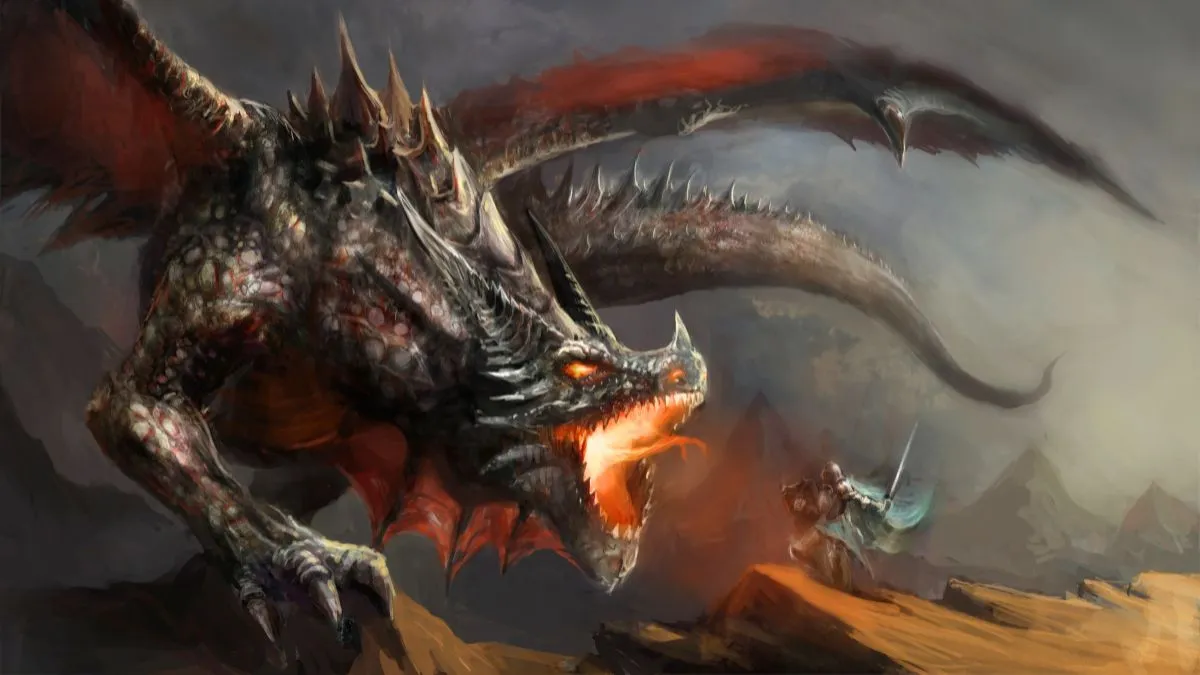


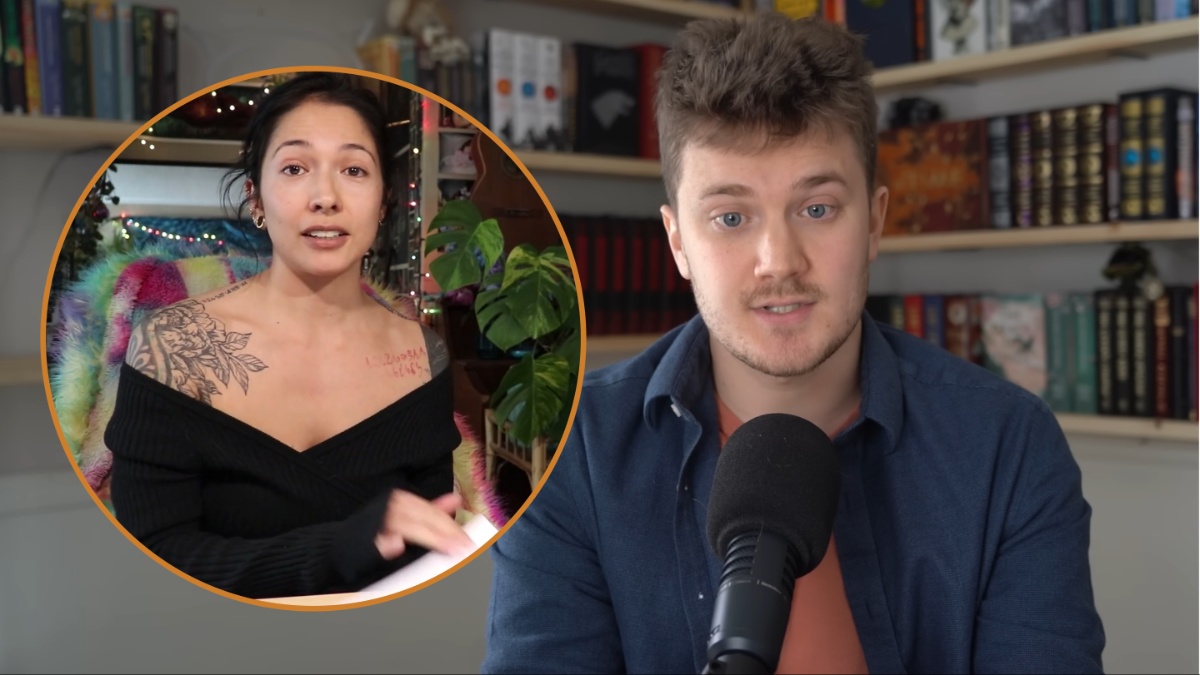
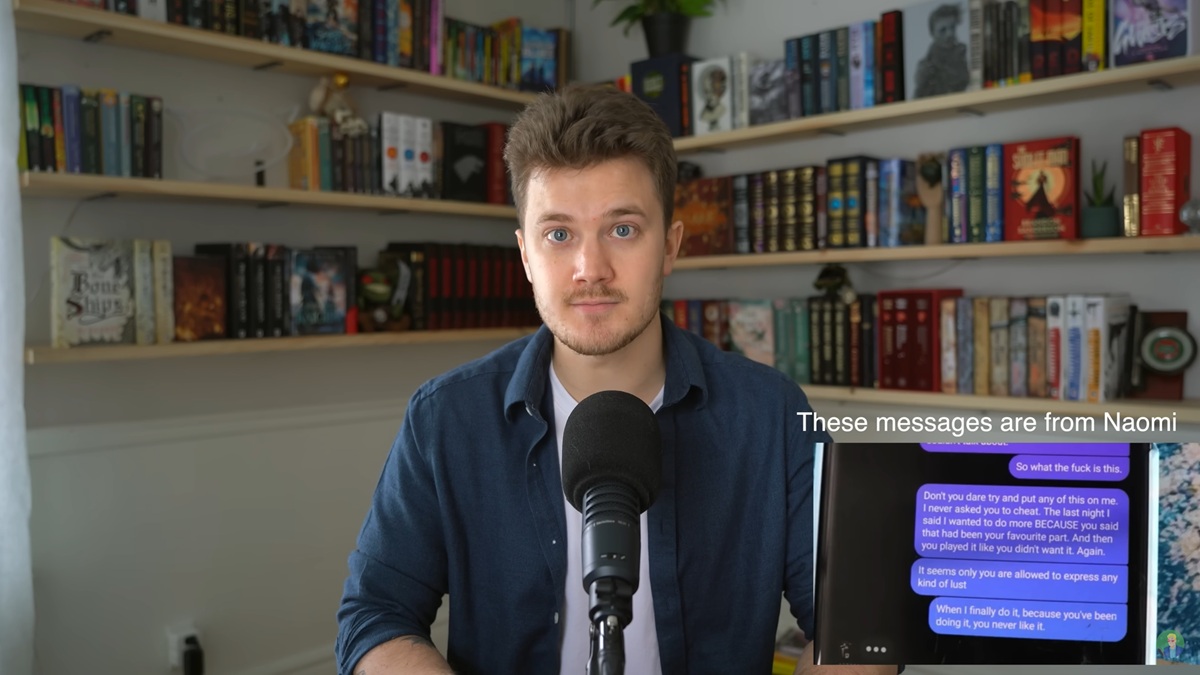
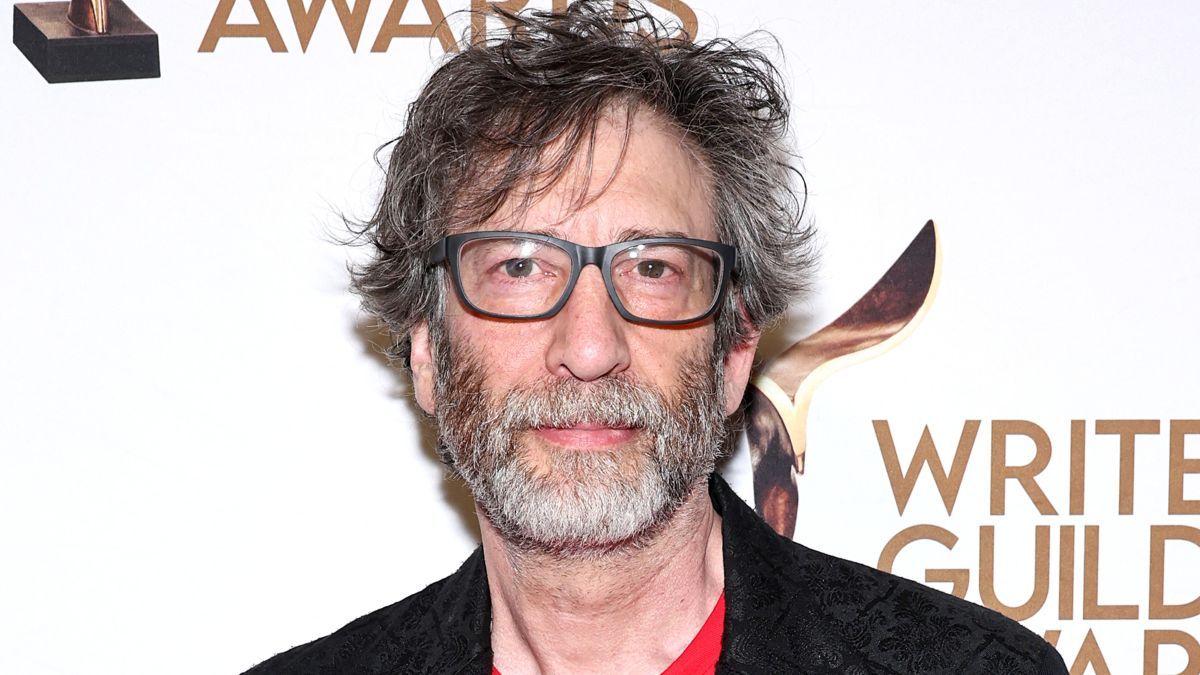


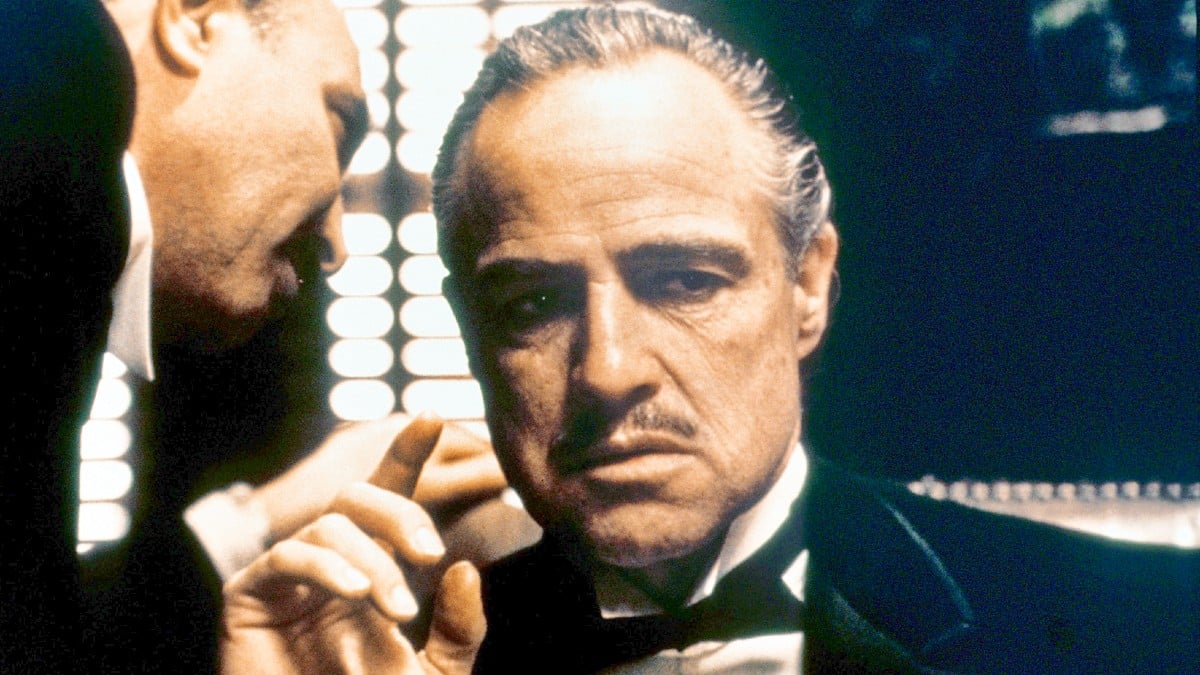

Published: Apr 5, 2024 03:39 pm